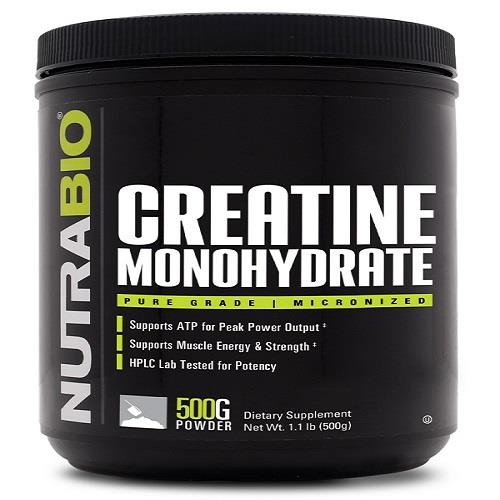Creatine monohydrate Chemische Eigenschaften,Einsatz,Produktion Methoden
R-S?tze Betriebsanweisung:
R36/37/38:Reizt die Augen, die Atmungsorgane und die Haut.
R20/21/22:Gesundheitssch?dlich beim Einatmen,Verschlucken und Berührung mit der Haut.
S-S?tze Betriebsanweisung:
S26:Bei Berührung mit den Augen sofort gründlich mit Wasser abspülen und Arzt konsultieren.
S36:DE: Bei der Arbeit geeignete Schutzkleidung tragen.
Beschreibung
Creatine Monohydrate is the monohydrate form of creatine similar or identical to endogenous creatine produced in the liver, kidneys, and pancreas. Pure creatine is a white, tasteless,odorless powder, that is a naturally occurring metabolite found in muscle tissue.
Creatine monohydrate is an amino acid produced in the human body that plays a role in replenishing the energy supply to muscle cells.Creatine is usually produced to a purity of 99.5 percent or higher.Until recently, the primary use for creatine was as a laboratory reagent, demand for which was relatively limited.In the early 1990's, however, weight trainersand other athletes began using creatine in the belief that it stimulates muscle growth and reduces muscle fatigue.
Chemische Eigenschaften
Creatine monohydrate is a colorless, crystalline substance used in muscle tissue for the production of phosphocreatine, an important factor in the formation of adenosine triphosphate (ATP), the source of energy for muscle contraction and many other functions in the body.
Verwenden
Creatine is a natural compound made from the amino acids l-arginine, glycine, and methionine.Creatine monohydrate is a creatine with one molecule of water connected to it. Our bodies can produce creatine, however they also can take in and store creatine found in diverse meals like meat, eggs, and fish.

Creatine monohydrate supplementation is promoted as an ergogenic aid, which refers to a product purported to enhance energy production,utilization, control, and efficiency (Mujika and Padilla,1997).Creatine is purported to increase power, strength, and muscle mass and to decrease performance time (Demant et al.,1999).
Involved with rapid ATP production primarily in skeletal muscle tissue via the action of creatine kinase(s).
benefits
Creatine has many benefits for health and performance. The most common is creatine monohydrate, a dietary supplement that improve strength, increase lean muscle mass, and help the muscles recover more quickly during exercise. It can also inhibit the generation of muscle fatigue factors, reduce fatigue and tension, restore physical fitness, accelerate protein synthesis in the human body, make muscles stronger, enhance muscle elasticity, reduce cholesterol, blood lipids, and blood sugar levels, improve middle-aged and elderly Muscular dystrophy, and delay aging.
Nebenwirkungen
Weight gain
Muscle cramps
Muscle strains and pulls
Stomach upset
Diarrhea
Dizziness
High blood pressure
Liver dysfunction
Kidney damage
l?uterung methode
Likely impurities are creatinine and other guanidino compounds. It crystallises from the minimum volume of boiling H2O as the monohydrate. The hydrate is also obtained by dissolving in H2O and adding Me2CO. Drying under vacuum over P2O5 or drying at 100o gives the anhydrous base. The anhydrous base can be obtained also by dissolving the hydrate in H2O, seeding with the anhydrous base and cooling in ice. A m of 258 -268o(dec) was reported. The picrate crystallises from 17 parts of H2O with m of 218-220o(dec). [King J Chem Soc 2377 1930, Hoffmann et al. J Am Chem Soc 58 1730 1936, Mendel & Hodgkin Acta Cryst 7 443 1954, Greenstein & Winitz The Chemistry of the Amino Acids J. Wiley, Vol 3 p 2750 1961, Beilstein 4 III 1170, 4 IV 2425.]
Creatine monohydrate Upstream-Materialien And Downstream Produkte
Upstream-Materialien
Downstream Produkte

